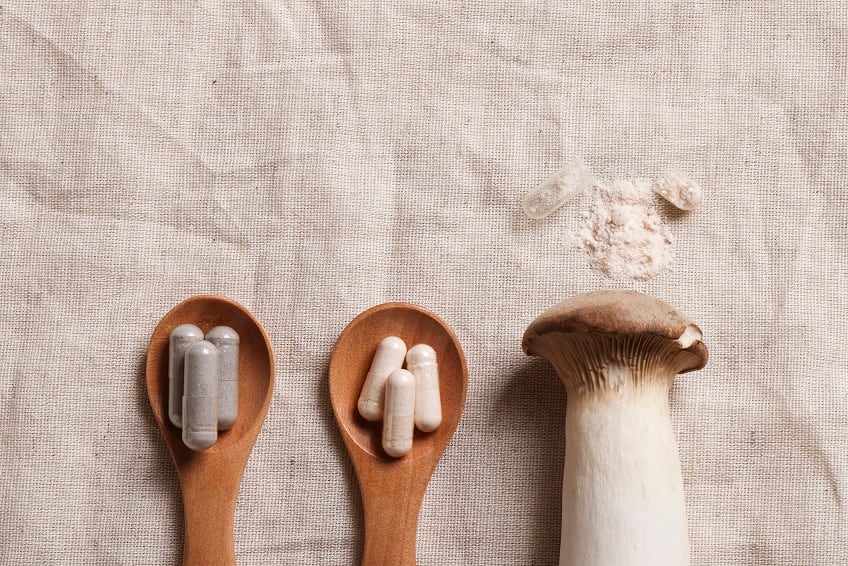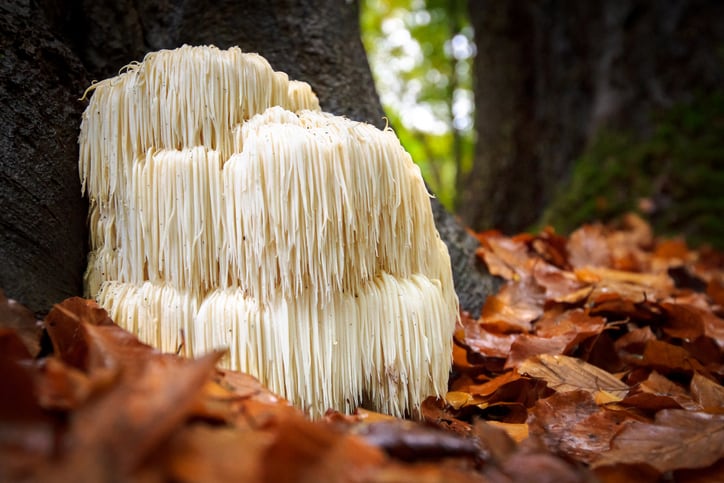Speaking ahead of his appearance at the conference, taking place in Vienna from June 23-25, Eric Puro, CEO of Finnish biotech firm KÄÄPÄ Biotech, explained that the market is currently in a state of recalibration after a period of extremely rapid growth.
“It’s an exciting time with so much good clinical research coming out to support the health benefits of different mushroom species but with any new ingredient that comes to market there’s a clean-up process – that’s where we are right now with fungi,” he told NutraIngredients.
He referenced a recent report on mushroom supplements on the Italian market that concluded that only six of the 19 top functional mushroom products contained the species stated on the label and almost all contained contaminant, with one exceeding the level allowed by the European Commission.
“Considering Italy is one of the biggest markets in Europe for supplements, these results were quite scary,” Puro said. “EFSA has come to the conclusion that greater controls are needed in Europe, and we’ve been engaging with EFSA on supporting that process.”
What’s more, EFSA recently approved KÄÄPÄ’s NordRelease trademarked extraction method which uses Ultrasonic Assisted Extraction (UAE) (high frequency sound waves) to break down cellular structures and release bioactive compounds of interest.
“Mushrooms have these cell walls that are very difficult to open, and many flush straight through the system,” Puro said. “While water extraction creates extracts with 5% bioavailability, NordRelease creates 92% bioavailability.”
Elevating mushroom extract quality
Also joining the mushroom quality conversation at the ANS, is Robin Gurney, managing director at Estonian organic functional mushroom manufacturer Musheez, which recently published a white paper titled “Elevating Mushroom Extract Quality”.
“While consumer demand and product availability have surged, the means by which extract quality is measured have not kept pace with scientific rigor,” the report stated.
Most mushroom supplement labels cite the extraction ratio or content of beta-glucans as signs of quality, and this is the industry standard, but these metrics can be misleading and disconnected from the actual bioactive compound profiles, it stated.
Musheez’s white paper described how Purity-IQ nuclear magnetic resonance (NMR) and LC-MS (Liquid Chromatography–Mass Spectrometry) can be used to precisely quantify small molecules of interest to ensure product efficacy, species authenticity and batch-to-batch consistency.
Puro agreed that there is a disconnect between customers’ required indications and quality standards, noting that “it’s important to align the needs of consumers with the compounds per species.”
He explained that the compound of interest in chaga is inotodiol, which offers longevity and antioxidant benefits, while reishi contains ganoderic acid and lucidenic acid for calmness and sleep. Lion’s mane contains hericenes for brain health, and cordyceps contain cordycepin and adenosine for energy and endurance.
Want to learn more? Join these experts and many more in Vienna at the NutraIngredients Active Nutrition Summit.





